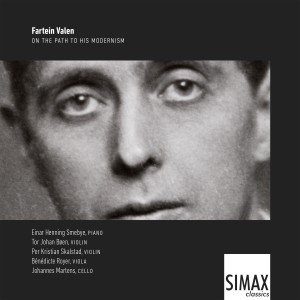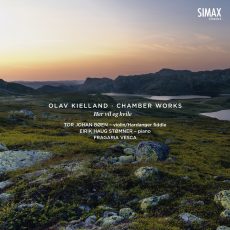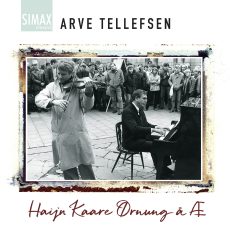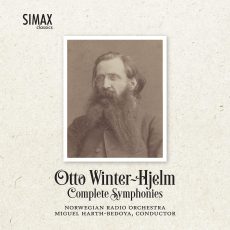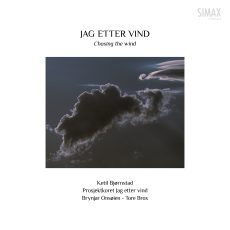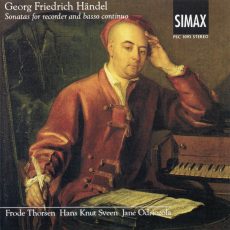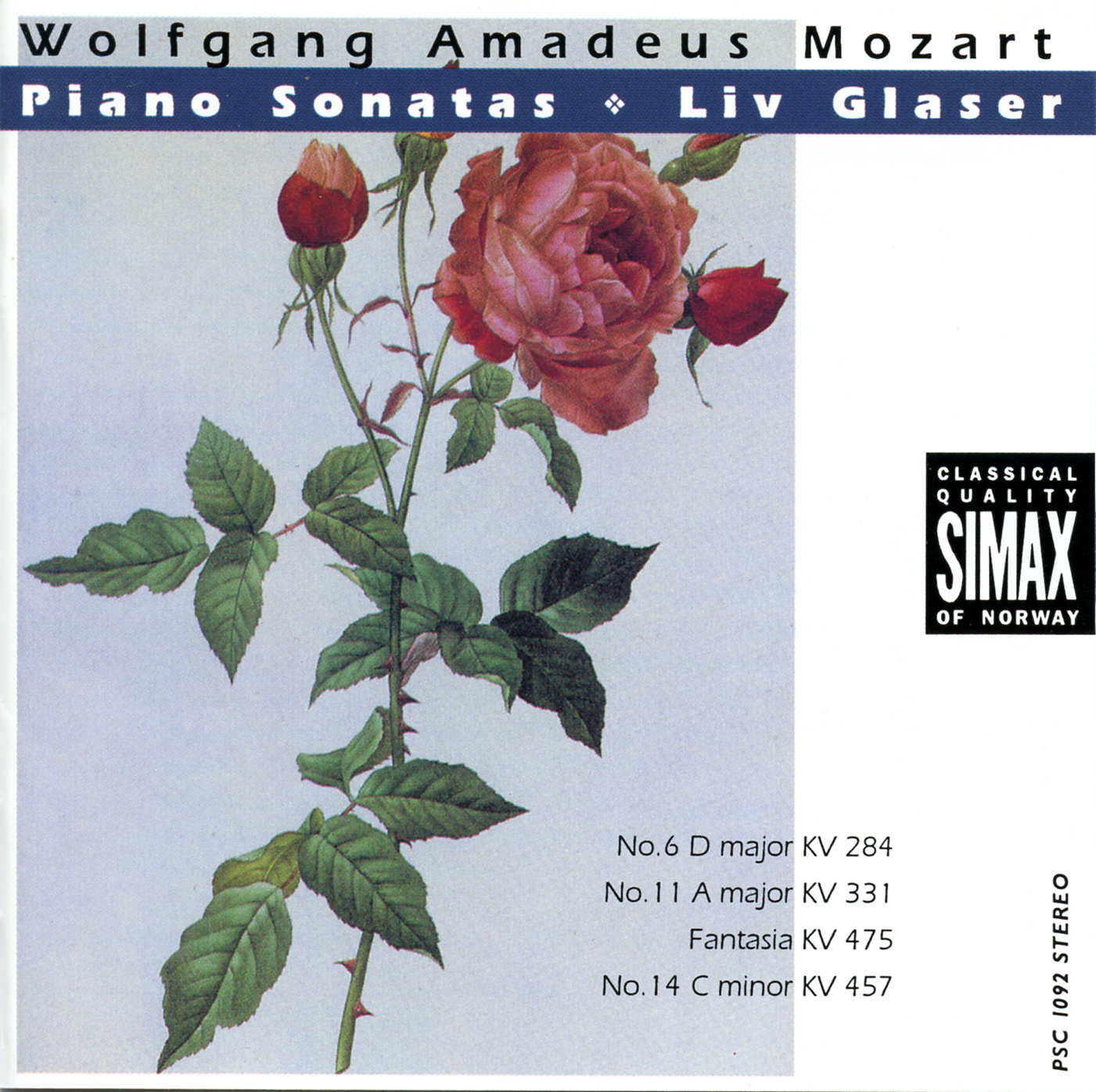Fartein Valen was one of the great innovative composers of the first half of the 1900s. This extremely modest and reserved man had at the same time a strong self awareness, a unique charm and authority, and a wide network of contacts. His persona became an ideal, at the same time as his music was being studied in depth by the young radicals in Scandinavia who, after 1945, were searching for a new modernism.
Opus 0, 3 and 5. Works dating from 1909 and until 1924
It was the score of this quartet, composed while Valen was studying composition with Catharinus Elling in Christiania, that Director Max Bruch saw and which made him open up the Berlin Music Conservatory’s lofty doors to Valen. The Violin Sonata, and later the orchestral song Ave Maria, confirmed Valen’s reputation as a radical composer. The result of his long study of scores, theory – including Schoenberg’s harmony teaching – and his many and extensive contrapuntal exercises, in his head and on paper, were to be united with his need for expression and his creative mind in the Piano Trio. It was a long road, both in time and sketches: in the box with the Trio’s preliminary studies were 1200 tightly written sides of manuscript paper.
Modernism according to Fartein Valen
It is clear that Valen’s use of the word modernism is different from how we use it today. To Valen modernism was more an outlook on the world and life. Modern life, large cities and new technology, and progress in much everyday business, transport and the gramophone, new science and rationality created an almost new image of the world and an altered view of human nature with strong optimism for the future. However, the roots of the past were also important for Valen, both in religion, morality, history and art, and when in his letters he writes about existential subjects, it comes from his evangelical faith and Søren Kierkegaard’s writings.










